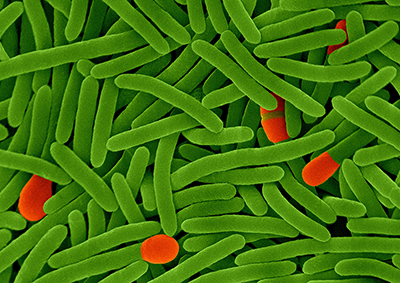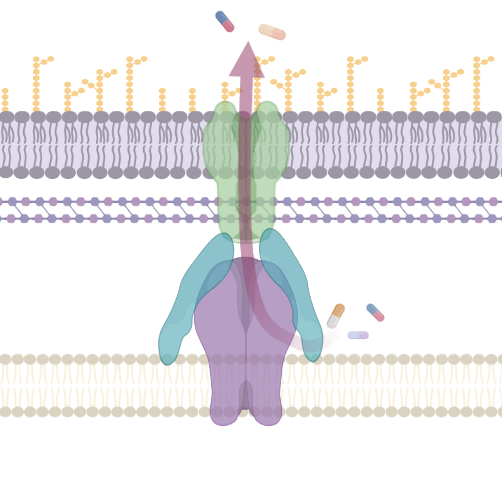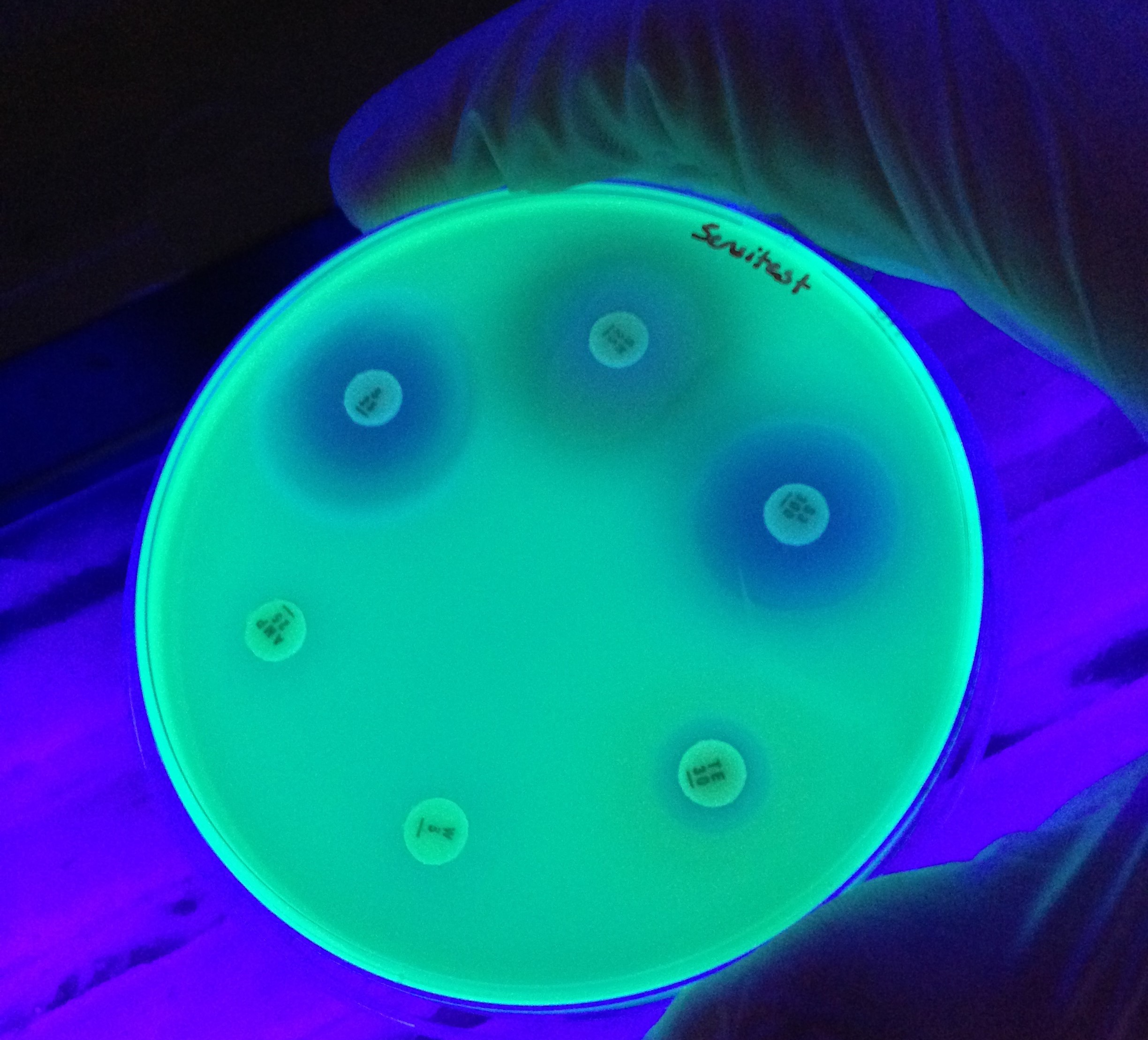Collections
Browse our collections – bringing together peer-reviewed content from across the Society’s publishing platform on a range of hot topics and subject areas.
-
-
Anaerobe
More Less
Anaerobic clinical microbiology remains a challenge due to specialist culture requirements, coupled with the increase in and spread of antimicrobial resistance. The normal human microbiota is primarily composed of anaerobic bacteria, and is now recognised as a source of life-threatening anaerobic infection. More recent metataxonomic and metagenomic sequencing has extended interest in the potential role of the microbiota in a plethora of other aspects of human health, from obesity to mental health. In addition, the successful use of faecal microbiota transplants for the treatment of clostridial infection raises potential unchartered long-term consequences and possibilities.
In conjunction with Anaerobe 2019 and Anaerobe 2021, this collection will provide scientific insights into the future impact of anaerobic bacteria in human health and disease, addressing the implications of recent microbiota studies as well as the continued threat of emerging and re-emerging anaerobic infection.
This collection is open for submissions – please submit your article here, stating that your manuscript is part of the Anaerobe collection.
-
-
-
Antimicrobial Efflux
More Less
Bacterial efflux pumps are a complex and diverse set of membrane proteins responsible for transport of substrates between cellular compartments or to the outside of bacterial cells. They are important mediators of antimicrobial resistance and are critical for many bacterial pathogens to cause infection and form biofilm. This collection has been put together to mark two very special anniversaries. It is 40 years since George and Levy (1983) published the discovery of the first 'energy-dependent efflux system' conferring resistance to Tetracycline and 30 years since the first description of the pumps from the RND family (Poole et al., 1993 and Ma et al., 1993). In this time our understanding of efflux function, physiology and structure have been transformed. This special collection is guest edited by Drs Jessica Blair and Ayush Kumar and aims to highlight the diversity of efflux pump research and the most recent advances in this fascinating field. We also invite articles describing advances in methodology that aid the characterization of efflux pumps. This collection is open for submissions in Microbiology. Upon submission, please indicate that your manuscript is to be considered for the Antimicrobial Efflux collection.
-
-
-
Antimicrobial Resistance
More Less
Antimicrobial drugs underpin much of modern medicine. Bacteria, fungi, parasites and viruses that exhibit resistance to antimicrobials threaten the efficacy of therapeutics and impose significant global healthcare and economic burdens. In the midst of the ongoing COVID-19 pandemic, the emergence of pan-drug resistant bacterial and fungal infections in hospitals is a stark reminder of the looming antimicrobial resistance crisis.
That bacteria would develop resistance to antibiotics through mutation was predicted as early as the discovery of penicillin, but the observation of resistance gene transfer between strains in the 1950s heralded the beginning of a period of rapid discovery of resistance mechanisms. Research into the mechanisms of antibiotic resistance proceeded alongside the development of the field of molecular biology and the decades since have seen tremendous advances in our understanding. Still, there is much to learn about where, when and how multi-drug resistance evolves, which organisms are involved and how chains of transmission might be broken before clinicians are faced with intractable infections. Today, multidisciplinary research seeks to answer these questions and the latest advances in sequencing technologies and analysis capacities promise insights into the dynamics of resistance from single cells to complex microbial communities.
Guest-edited by Prof. Willem van Schaik and Dr. Robert Moran, this Antimicrobial Resistance special collection aims to highlight research on the emergence, accumulation and spread of antimicrobial resistance, with a particular focus on opportunistic pathogens and the mobile genetic elements therein.
-
-
-
Arboviruses and their Vectors
More Less
Curated by Journal of General Virology Editor Dr Eng Eong Ooi (Duke NUS Medical School) and Advisory Board Member Dr Esther Schnettler (Bernhard Nocht Institute for Tropical Medicine), this collection presents the latest advances in arbovirus research. This collection was launched in conjuction with IMAV 2017 and in line with IMAV 2019 welcomes submissions of original research articles, Insight Reviews and full-length Reviews.
Find out more about how to submit to the collection here.
-
-
-
Avian Infectious Diseases
More Less
Infectious diseases continue to threaten the sustainability, productivity and growth of the poultry industry worldwide and some present a risk to public health. Many are also present in wild bird populations, with the potential to spill over into domestic birds.
Previously curated by Professor Paul Britton and Dr Mike Skinner, in line with the ‘Pathogenesis and Molecular Biology of Avian Viruses’ Focused Meeting, this collection and the Focused Meeting have been expanded to include bacteria and parasites.
Guest-edited by organisers of the Avian Infectious Diseases 2021 Focused Meeting, Dr Holly Shelton (The Pirbright Institute) and Dr Andrew Broadbent (The Pirbright Institute and University of Maryland), this collection presents high-quality work from Journal of General Virology and Journal of Medical Microbiology on important avian pathogens: their interactions with the host, cell biology, molecular epidemiology and methods of control.This collection is open for submissions in both participating journals, Journal of General Virology and Journal of Medical Microbiology.
Image credit: iStock/Sonja Filitz.
-





